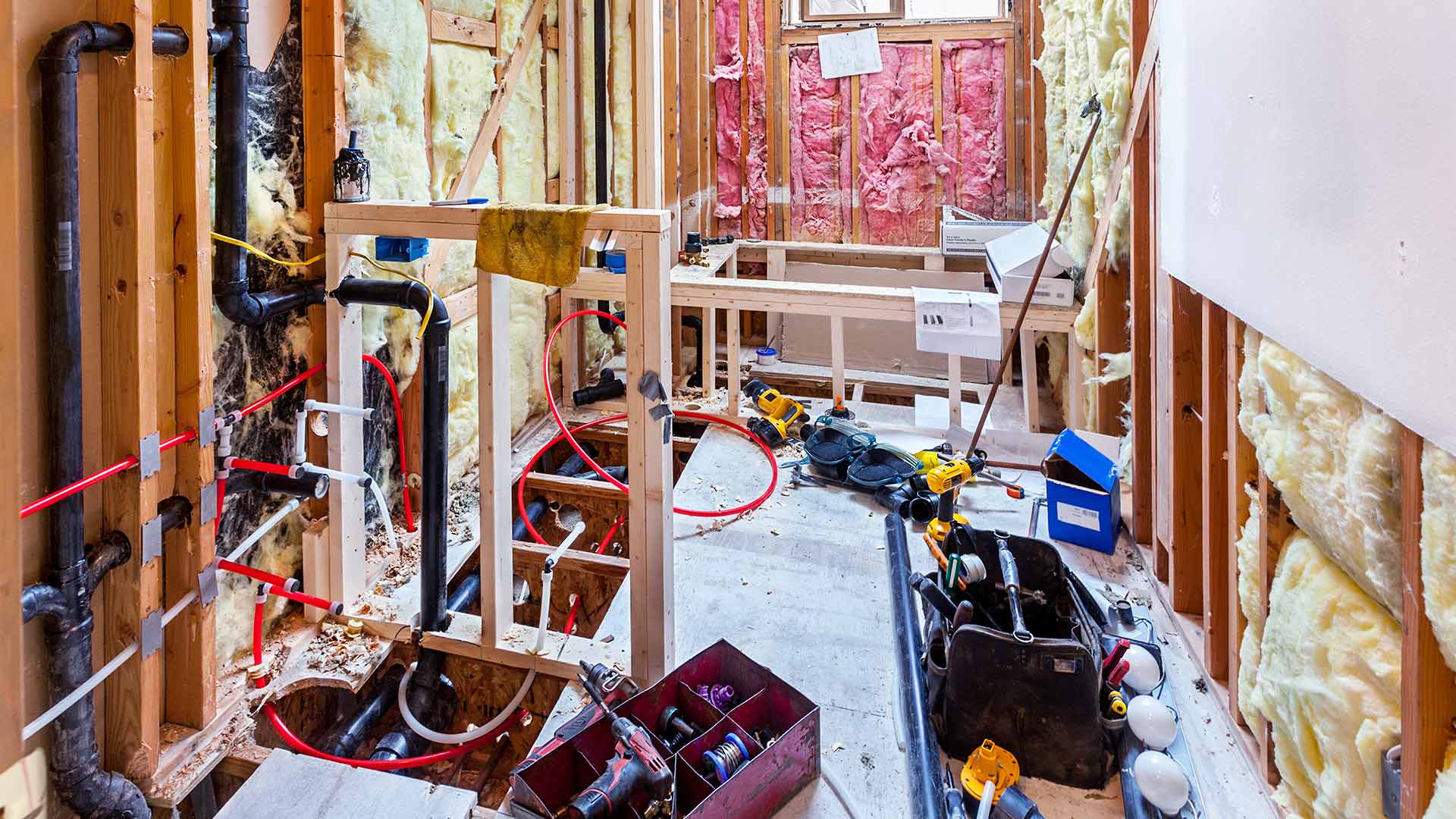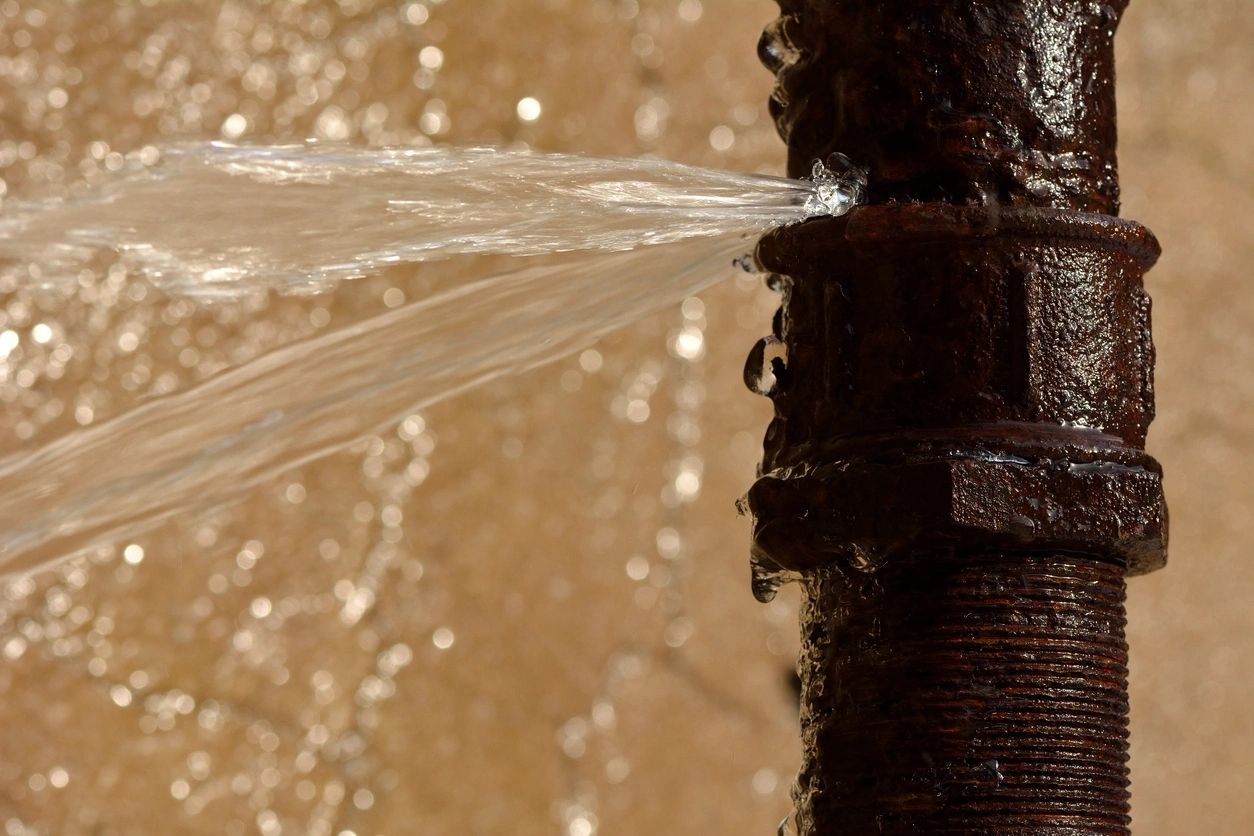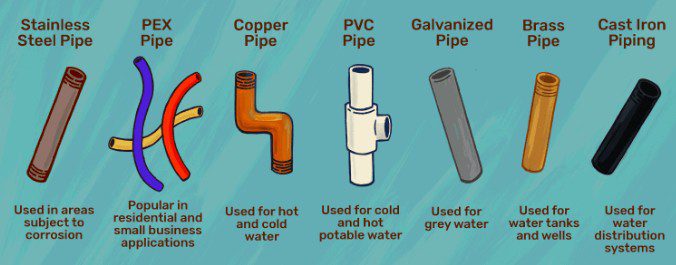Tacoma's Premier Repiping Specalists
There are several reasons why you may want to consider replacing and repiping all of the old pipes in your home:
- Health concerns: If your home was built before the 1980s, your plumbing system may contain lead pipes, which can be a health hazard, particularly for young children and pregnant women. Replacing these pipes can improve the safety of your drinking water and reduce the risk of lead exposure.
- Preventive maintenance: Older pipes are more prone to leaks, clogs, and other plumbing issues. Replacing them proactively can help prevent costly and disruptive plumbing problems in the future.
- Improved water pressure: Old pipes may have a buildup of mineral deposits or corrosion, which can restrict water flow and reduce water pressure. Replacing the pipes can help restore the water pressure to its optimal level.
- Energy efficiency: Old pipes can also be less energy-efficient, especially if they are made of metal. Replacing them with newer, more energy-efficient pipes can help reduce your energy bills and make your home more eco-friendly.
- Increase home value: Replacing old pipes can improve the value of your home and make it more attractive to potential buyers if you decide to sell in the future.
- Improved water quality: Over time, pipes can accumulate rust, sediment, and other contaminants that can affect the taste and quality of your water. Replacing old pipes can improve the taste and quality of your drinking water.
While replacing all of the old pipes in your home can be a costly and time-consuming process, it can provide many benefits in terms of health, safety, efficiency, and home value. If you are considering replacing your old pipes, it is best to consult with a licensed plumber or contractor who can evaluate your plumbing system and recommend the best course of action.

Schedule Your Repipe Estimate
Our plumbing experts are available to take care of your repair today. They’ll evaluate your problem, provide a solution & upfront price, and then get to work!
Upfront Pricing
No Hidden Costs
Quality Work
100% Satisfaction Gauranteed
Same Day Service
For All Emergencies
Upfront Pricing
No Hidden Costs
Quality Work
100% Satisfaction Gauranteed
Same Day Service
For All Emergencies
Upfront Pricing
No Hidden Costs
Quality Work
100% Satisfaction Gauranteed
Same Day Service
For All Emergencies
How does repiping a home work?
Repiping a home involves replacing all of the existing pipes in the plumbing system with new pipes. The process can be complex and time-consuming, but generally follows these steps:
- Assess the plumbing system: The first step is to assess the existing plumbing system to determine the scope of the repiping project. A licensed plumber will inspect the system and identify any potential issues that need to be addressed.
- Create a repiping plan: Based on the assessment, the plumber will create a repiping plan that outlines the specific areas of the home that need to be repiped, the type of new piping to be installed, and any other details related to the project.
- Turn off water supply: The water supply to the home will be turned off to begin the repiping process.
- Remove existing pipes: The existing pipes will be removed from the plumbing system using specialized tools, such as cutters and pipe wrenches.
- Install new pipes: Once the old pipes have been removed, new pipes will be installed using a variety of methods, such as soldering, compression fittings, or PEX piping.
- Reconnect fixtures: After the new pipes are installed, the plumber will reconnect all of the plumbing fixtures, such as faucets, toilets, and showers.
- Pressure test the system: The new plumbing system will be pressure tested to ensure that there are no leaks or other issues.
- Restore water supply: Once the system has been tested and any necessary repairs have been made, the water supply will be turned back on and the plumbing system will be ready for use with flowing water.







